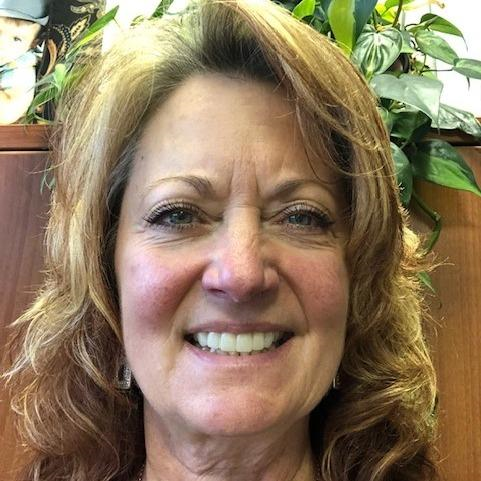

We are proud to share the first in our series of TRE’s cultural “roots”, guideposts that have been identified by TRE as critical to our work. Read more about this organizational effort at www.tre.org/blog-tre-roots/.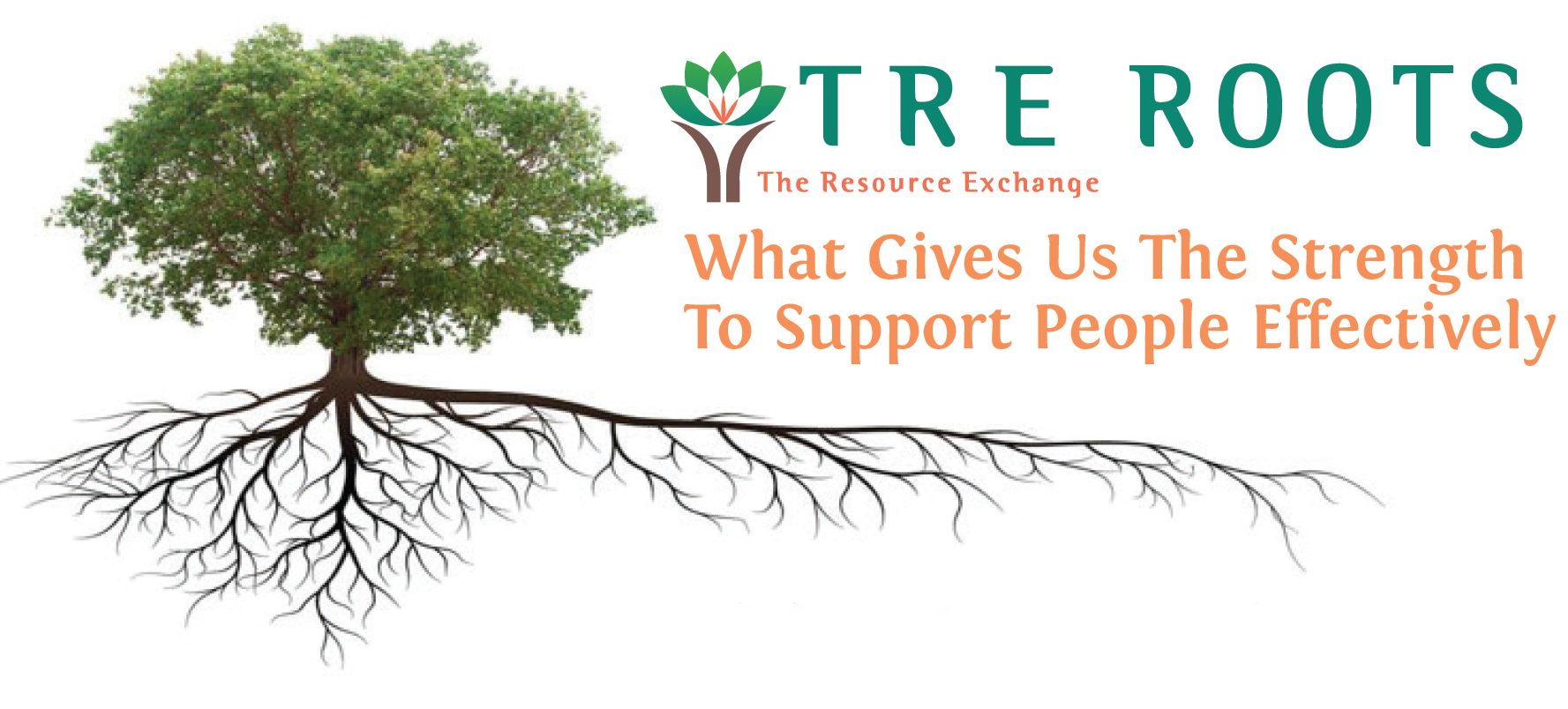
TRE Root #1: PUT PEOPLE FIRST.
Learn about how implicit and structural biases impact the people we serve and how culturally competent care makes our organization inclusive and welcoming to all. Embrace diversity and recognize the value of intersectionality. Our person-centered values demand that we seek to understand, are empathetic and proactive with our approach. Show people you care about them as individuals.
TRE exists simply to be in service to people. In my view, we have the responsibility to learn about and understand people’s needs to support them effectively in accessing the services and resources within our communities to meet those needs. In order to understand their needs, we must get to know them and see them as people, see their interests, desires, motivations, and frustrations. This Root is about putting people at the forefront of our efforts as we work to implement our services and processes.
We are the bridge between regulated systems and supporting people to achieve the lives they desire, between community limitations and biases to people seeing themselves as meaningful citizens and contributors. In order to be that bridge, we must take the time to know them. We must also see one another, our peers and our partners, as individual people with a variety of influences in each of our lives that drive who they are and motivate their commitments and contributions to this work. The systems within which we work define much of what we are expected to provide for people, but people’s lives do not fit into neat and tidy system boxes. They are complex and often impacted by a variety of influences, past challenges, and current barriers. It is our responsibility to take the time to learn about those complexities and then figure out how we deliver the system in a way that respects the person’s needs and preferences.
Having worked with people with disabilities and their families for more than 35 years, I’ve learned that I am not the expert on what is best for each individual person. My professional knowledge must be combined with their desires and their perspective on what is important to them. The best services, professionally speaking, may not meet their needs at all if they are not aligned to their way of life as an individual. I see my responsibility to my team the same way. I must strive to know each one of the team to know how we can be our best together and how we can achieve more through our respect for the diversity of perspective and skill we each contribute.
Putting people first does not mean that we always agree on a person’s choice. We can respectfully provide our own perspective, and still accept that each person has the right to choose their own direction in life and we can still support them toward that direction as they choose the services and life that fit them best. I remember a young woman who cried to me one day because her caregivers would not allow her to call her doctor. She desperately wanted to talk to her doctor and felt it was private and she did not want others to make that call for her. She was not allowed to make that call as her caregivers felt she would be annoying the doctor’s office unnecessarily. While she was a young woman with the ability to express herself, she was treated as a young child who did not have the ability to judge whether calling her doctor was appropriate or not. No one interacted with her or discussed how they might support her in advocating for her own medical needs. She taught me numerous times about the limitations placed on people and what it was like to be treated as just a recipient of services and not as a person.
As you interact with people we serve, community partners, and team members, consider the following:
- What is driving your interactions with this person? Is it learning about them and supporting them as a person? Is it the job responsibilities you are expected to fulfill? How can you bridge the two?
- When an interaction with someone feels challenging or confrontational, ask yourself “What might I be missing about who this person is that shapes their perspective? How can I learn more about their perspective and show respect for them as a person?”
- During your team meeting, share with one another experiences you have had where you felt seen and heard. In team discussion, connect those experiences to how we can improve our interactions with people we support and our partners so that they feel seen and heard.
- If there is someone on your team or in your department (or another organization) that you do not know well, take time to get to know them more. Share with them who you are and what is important to you.

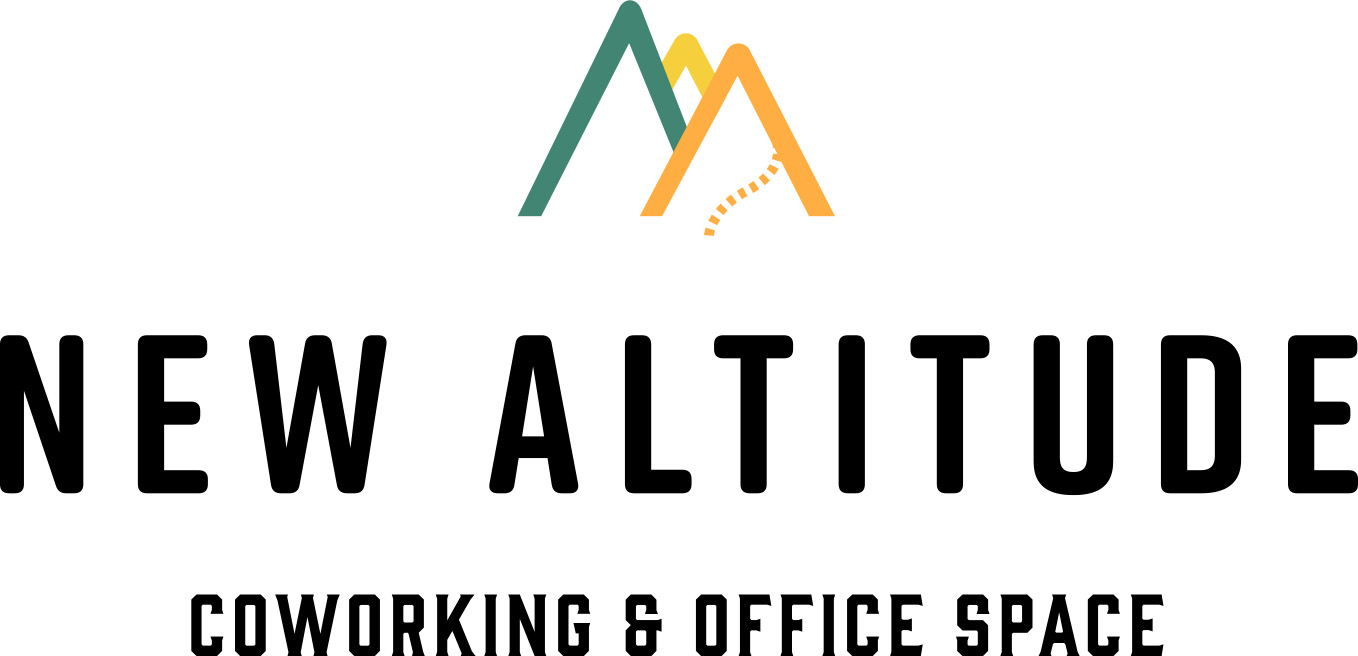


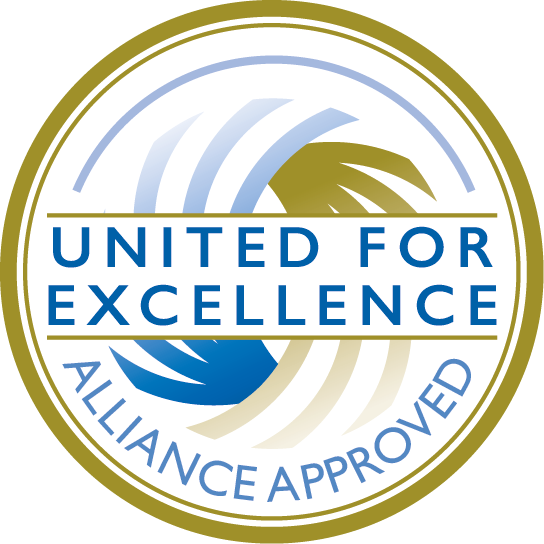
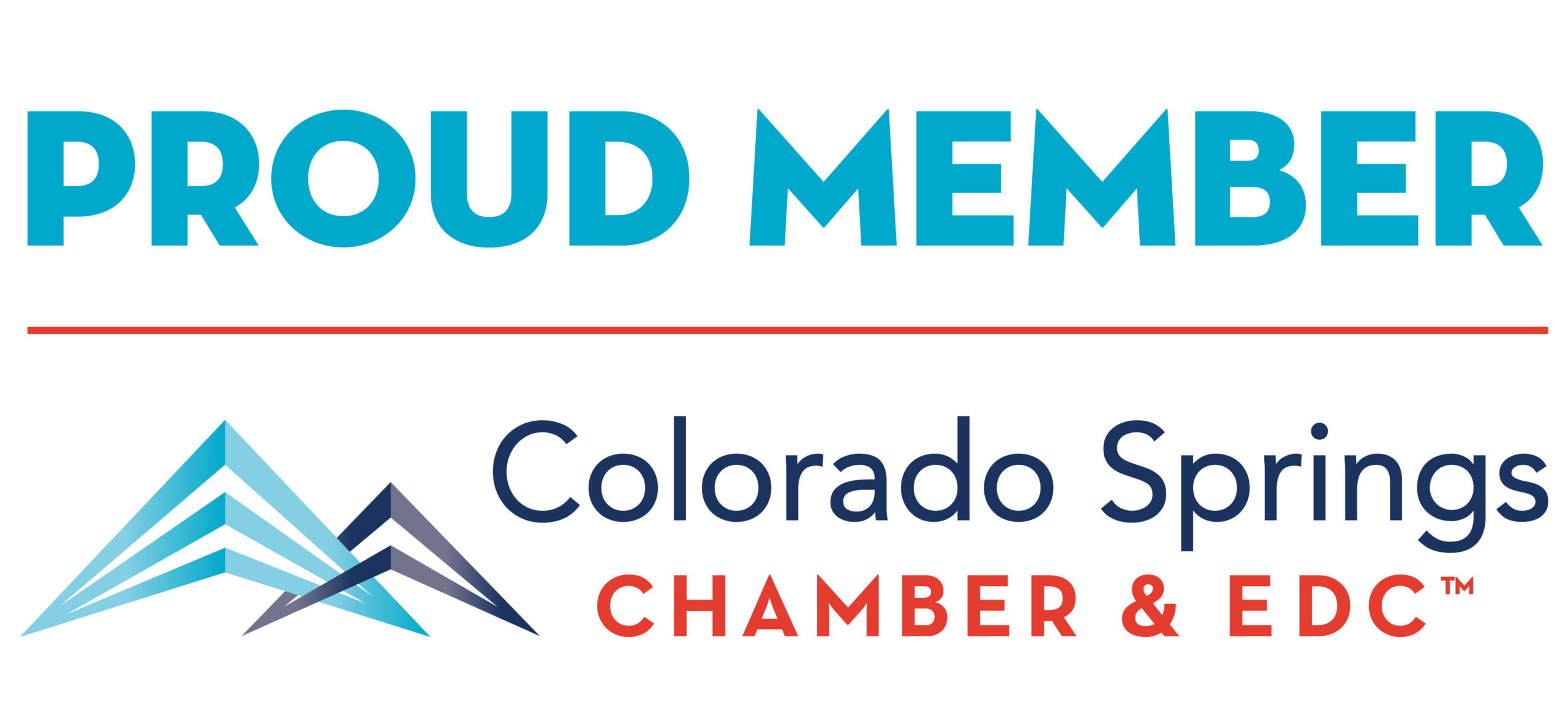
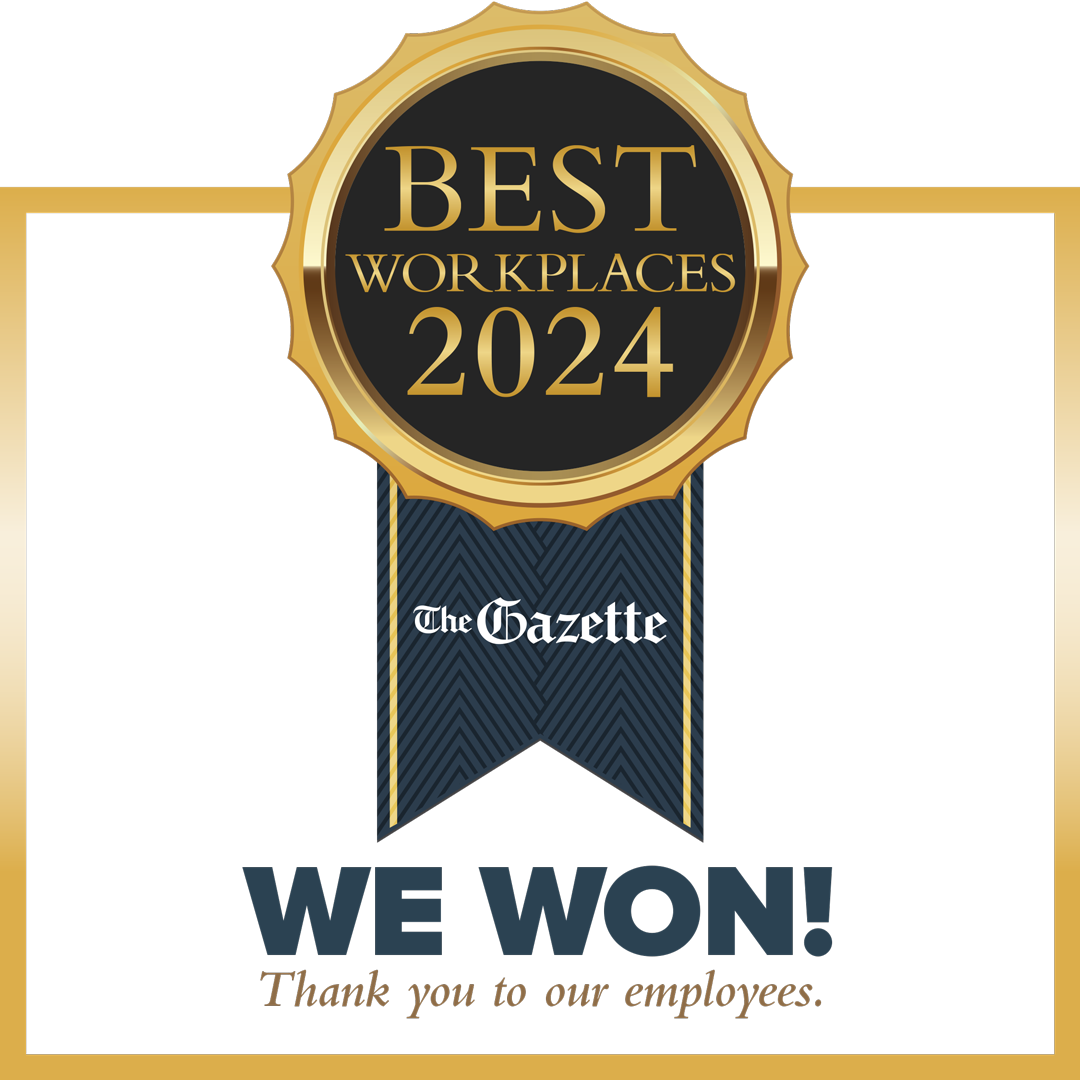
Leave a Reply